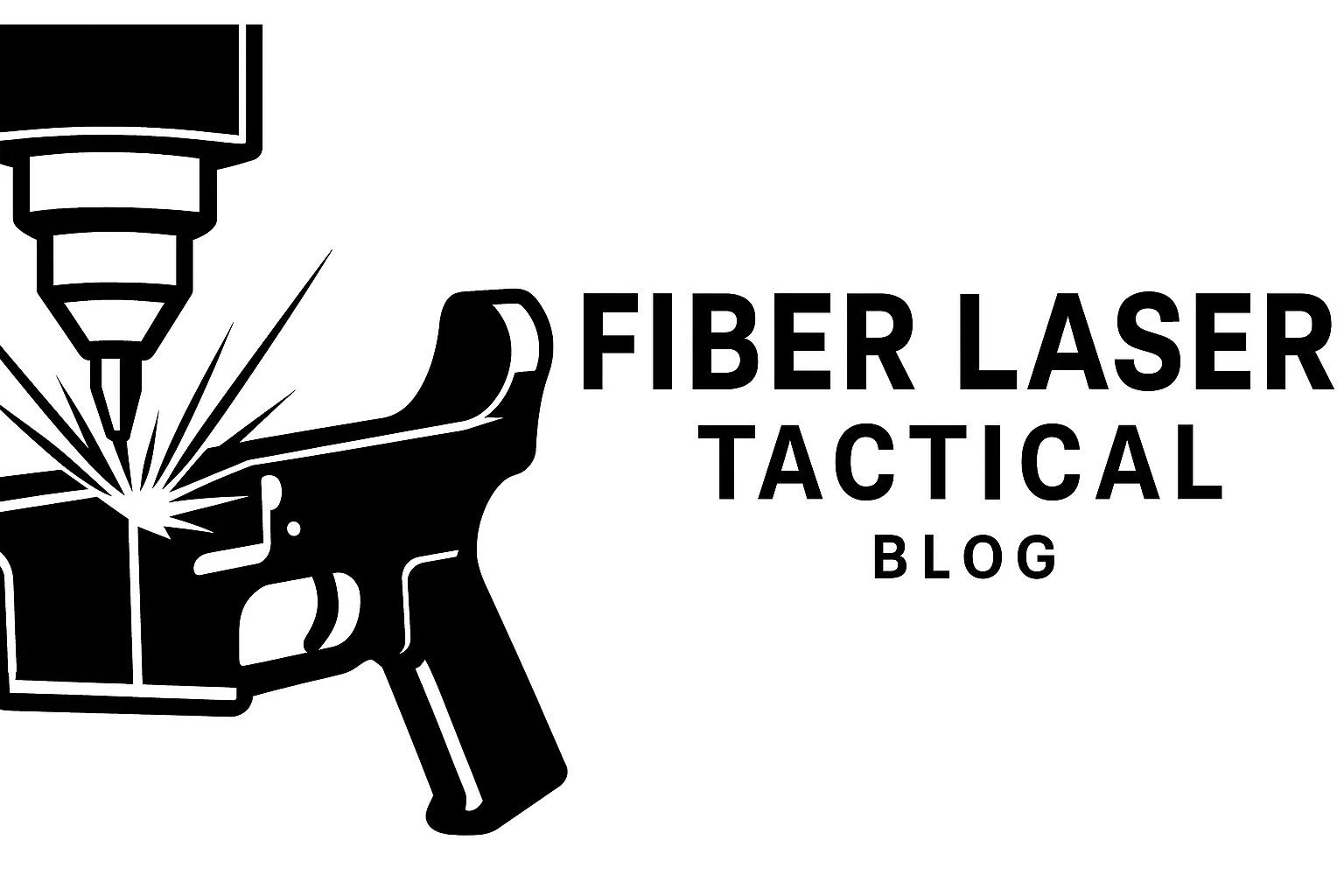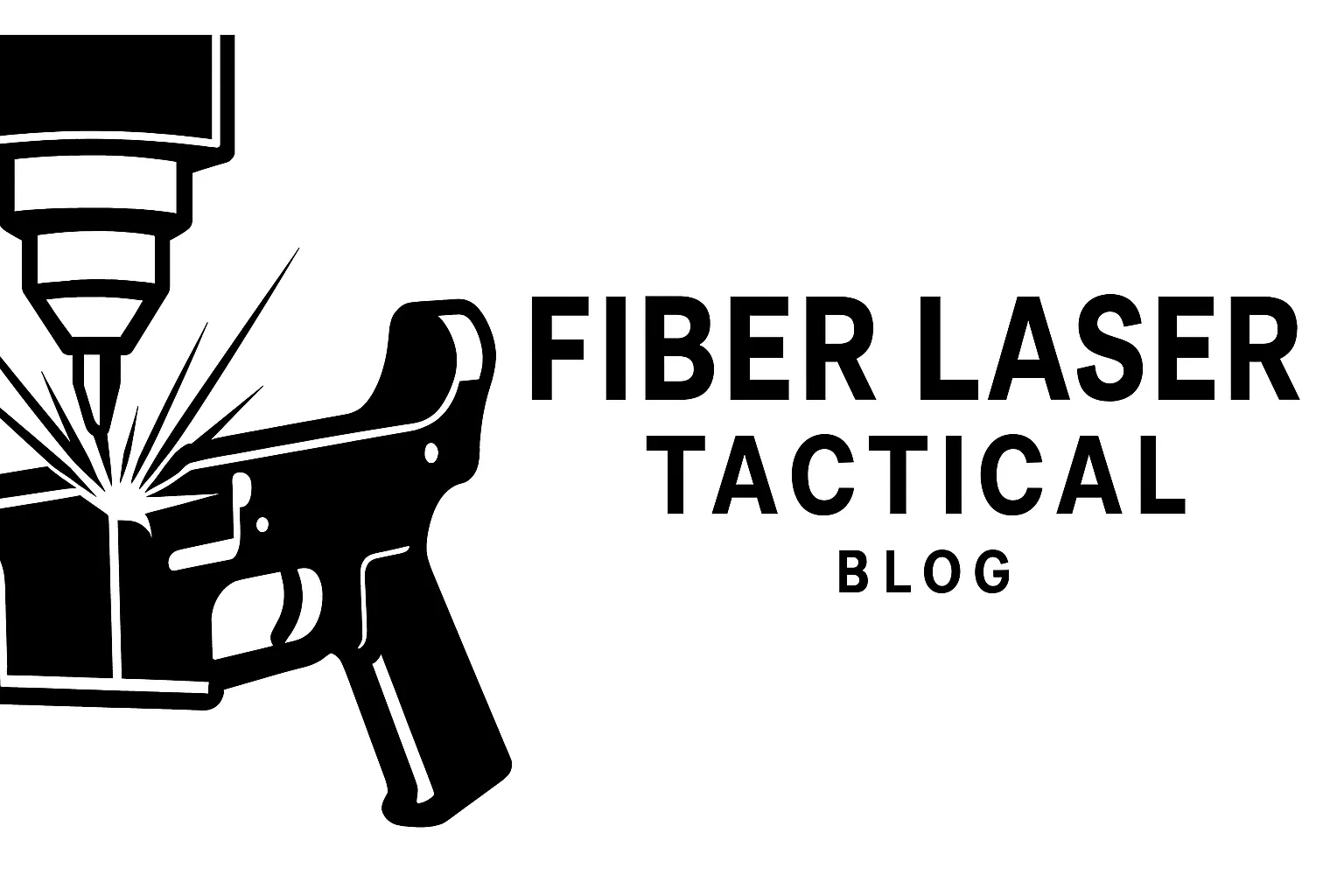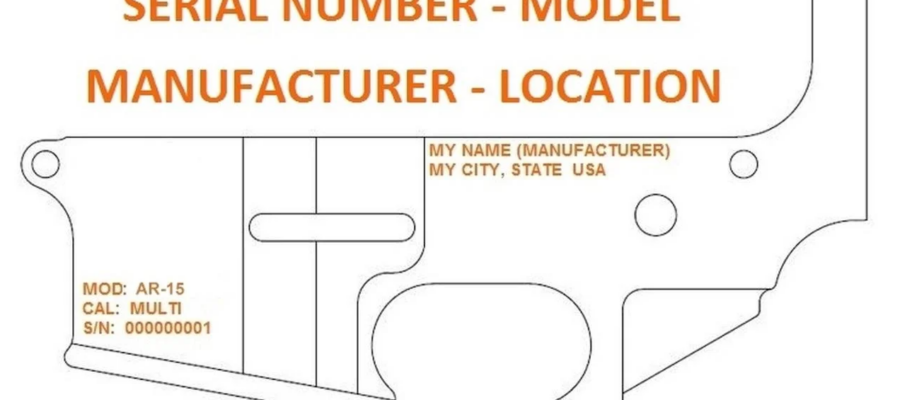When engraving firearms, staying compliant with ATF regulations isn’t just good practice—it’s mandatory. Whether you’re a manufacturer, SOT, or DIY builder, understanding the legal engraving requirements is critical for staying out of trouble and keeping your work professional.
⚖️ ATF Marking Requirements (Per 27 CFR § 478.92 & § 479.102)
For any NFA item (SBRs, suppressors, etc.), the engraving must include:
- Your name or trust name
- City and state
- Caliber or gauge (must match Form 1 or Form 4)
- Serial number (if not already marked by OEM)
Minimum specs:
- Depth: 0.003 inches
- Character height: 1/16 inch
🔧 Best Practices for ATF-Compliant Engraving
1. Use the Right Wattage
A 30W or 50W fiber laser is ideal for deep engraving into steel or aluminum.
2. Focus on Vector Accuracy
Use vector files with clean fonts like OCR-A, Arial, or Helvetica. Avoid thin script fonts.
3. Verify Your Depth
Use a digital depth gauge or test on scrap before finalizing on serialized parts.
4. Mark in a Discreet Yet Visible Area
Common areas: magwell, trigger guard, or receiver side. Stay clear of obstructive hardware or coatings.
🧪 Pro Tip:
Engrave on bare metal, not over Cerakote or anodized finishes—your depth will be off, and it won’t count.
✅ Summary Checklist:
- Engrave before final finish
- Confirm depth and height
- Match your Form 1 / 4
- Label files clearly in your laser software
- Double-check spelling—seriously
Coming next:
🔜 “Deep Engraving vs Surface Marking?”
Got questions or want examples? Drop a comment or hit us up!




3 Comments
Leave your reply.